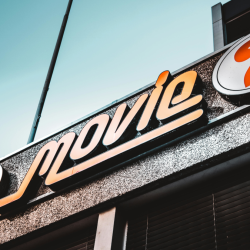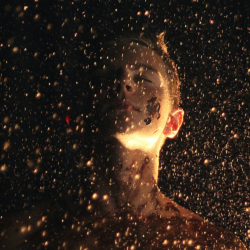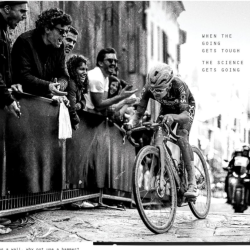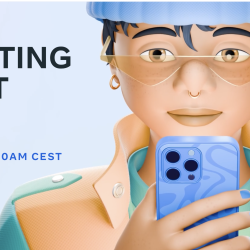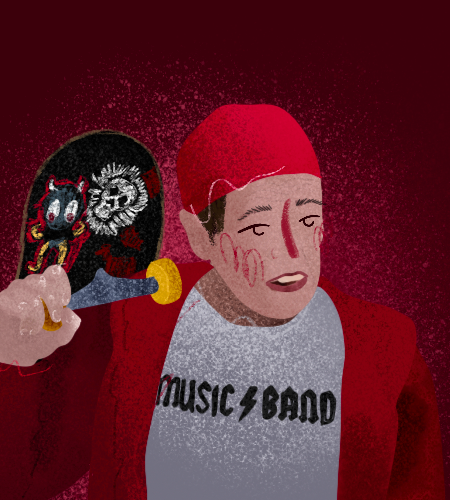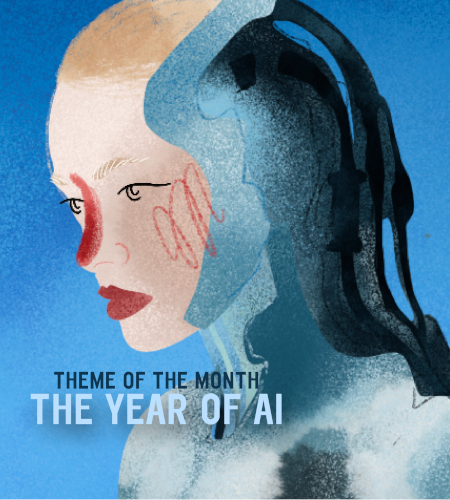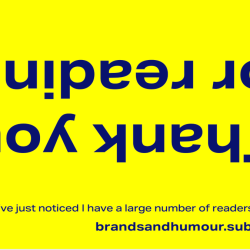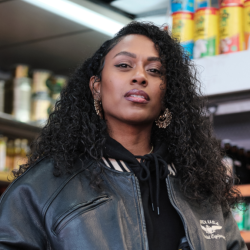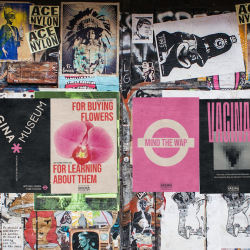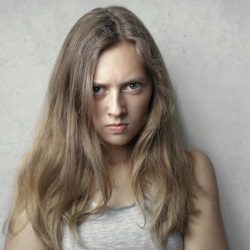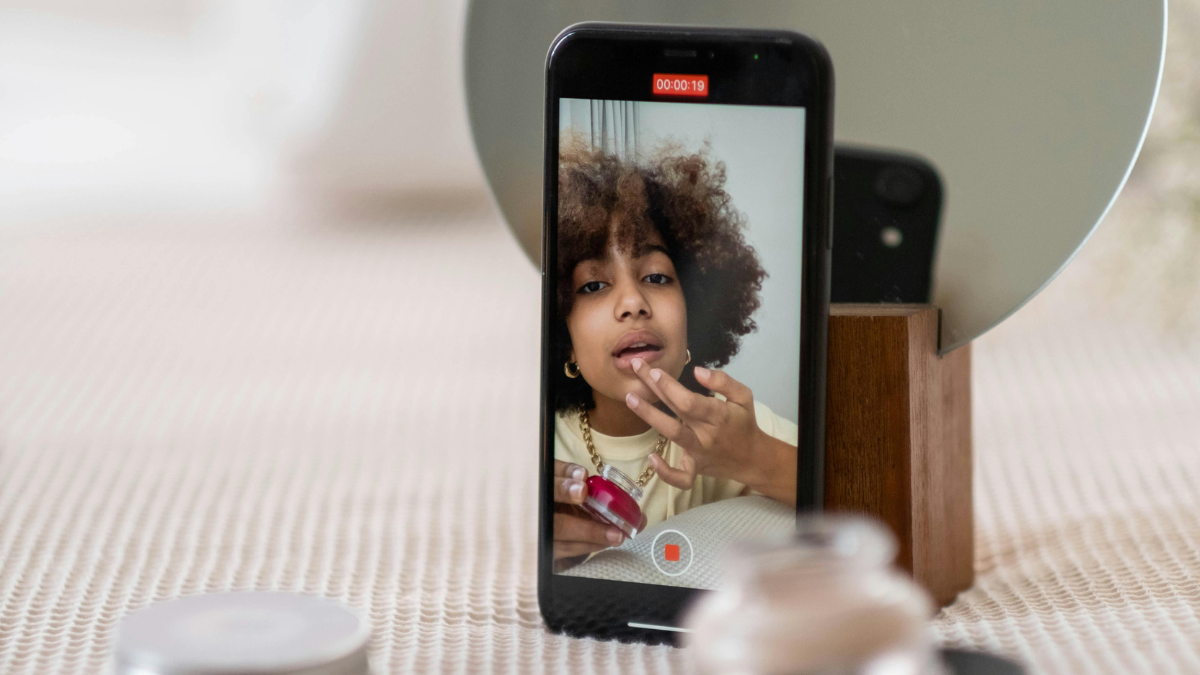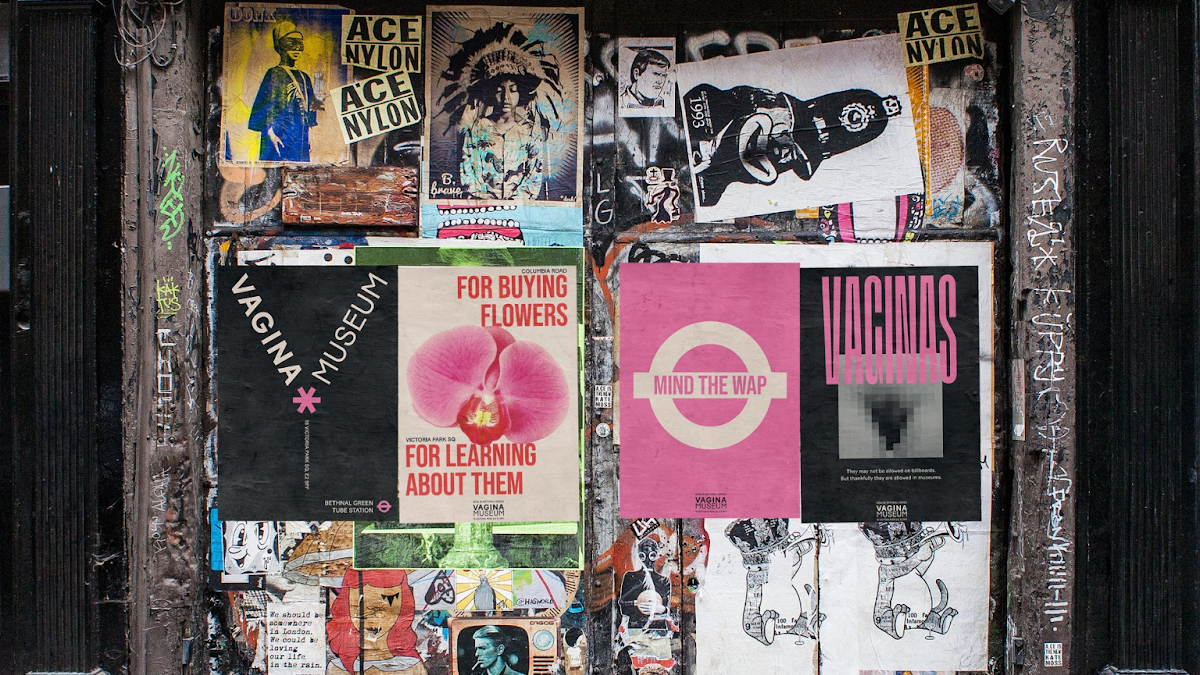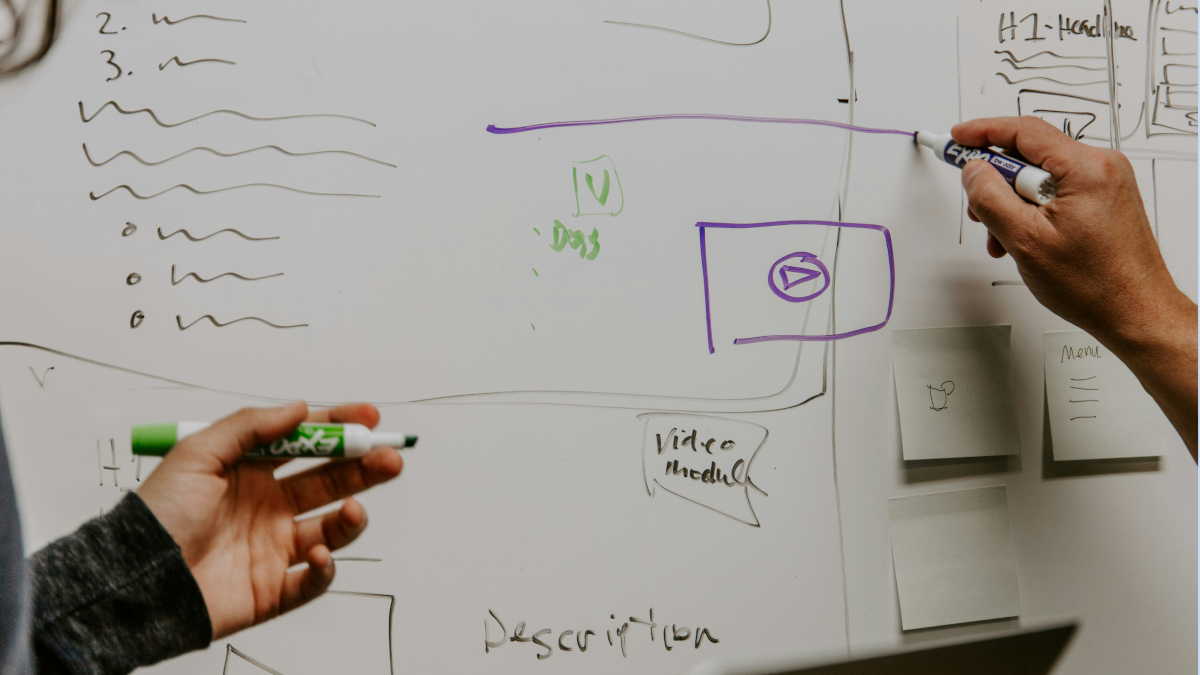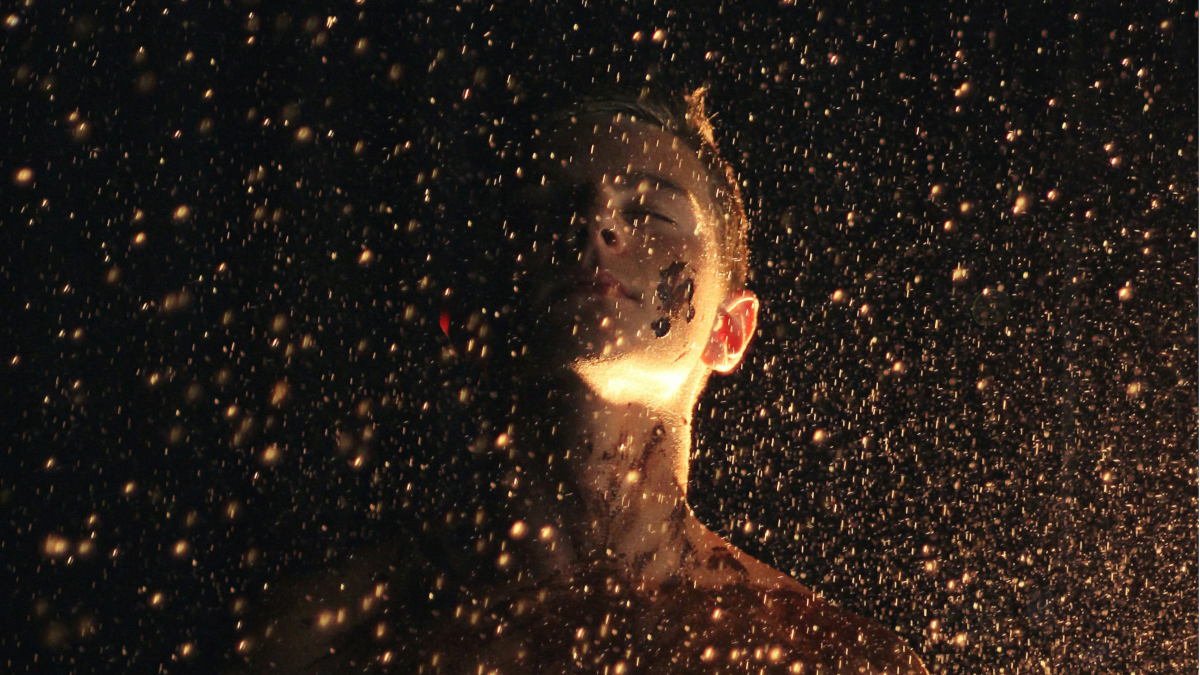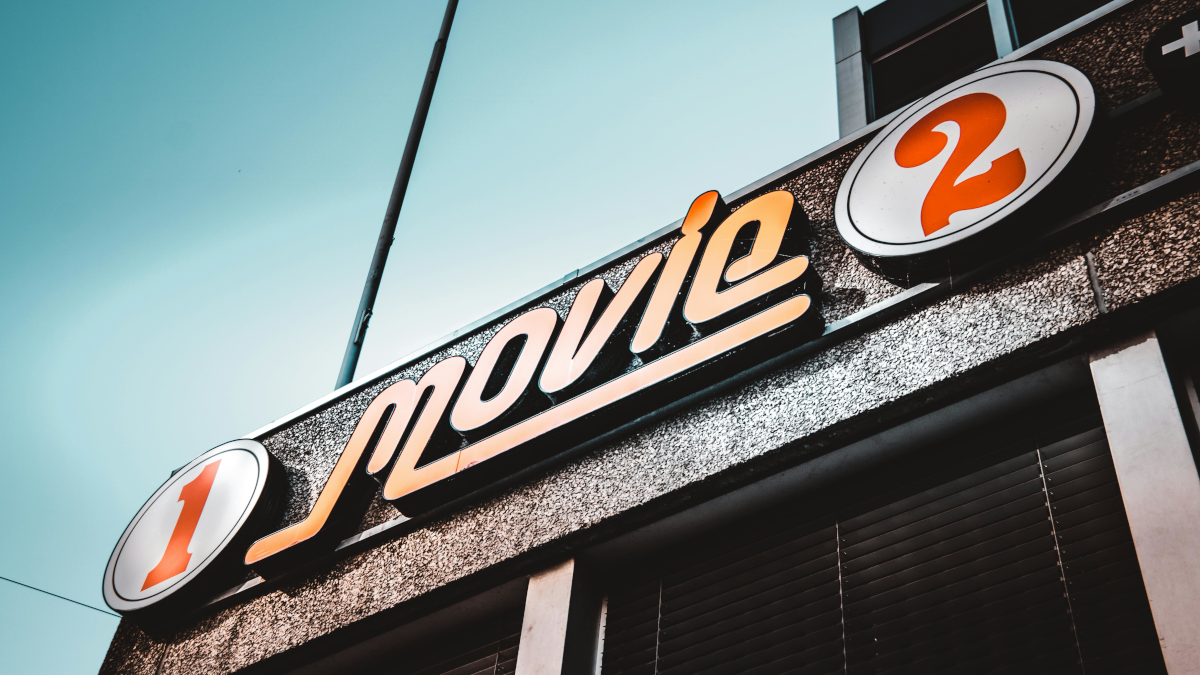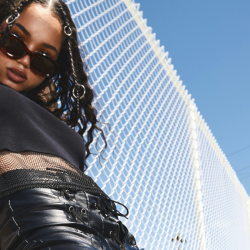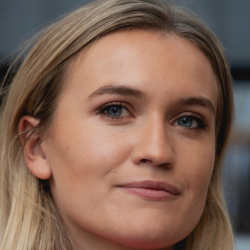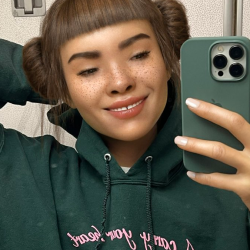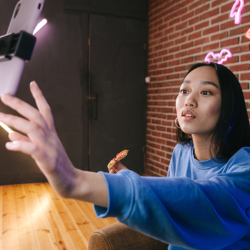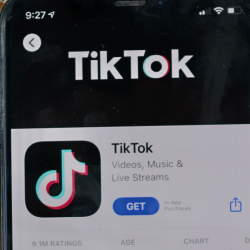2023 was a whirlwind of influencer trends. We saw the rise of the ‘deinfluencing’ movement, a move away from ‘cookie-cutter perfection, and embraced the year of the ‘girlie,’ with noteworthy events such as the Barbie movie, the Taylor Swift Eras Tour, and the Women’s World Cup.

To wrap up the year, McCann released the 2023 Influencer Trends Report, detailing how influencer culture evolved and adapted to changing tastes and expectations of audiences. MediaCat Magazine’s Content & Social Media Editor, Grace Gollasch, talked to McCann’s Global Head of Influencer Crystal Malachias, about these key trends and how they will impact the year ahead.
Hi Crystal. Thanks for talking to us. The report mentions deinfluencing as a big trend. Do you think this will have a broader impact on consumer behaviours and impact influencer marketing strategies moving forward?
The piece about deinfluencing leads to the real issue, which is that brands have seen the impact that can be made through influencer marketing and have all jumped into it at the same time. 80% of marketers have a dedicated influencer marketing budget. It’s almost grown so quickly that what we’ve ended up doing is creating this space where brands are utilising similar tactics and creative execution, such as ‘Get Ready with Me’ (grwm) and ‘Outfit of the Day’ (ootd), for instance.
That has inevitably made the authenticity questionable. The democratisation of influencer marketing has led to a sea of sameness without any use of traditional brand codes; which can put into question a brand’s integrity as well as the influencer’s. So I don’t think deinfluencing means people are going to spend less on influencer marketing, or that it’s not a successful way of marketing. It comes back to your strategy and how you carry your brand into social platforms through these voices.
The positives from the deinfluencing discussion are it’s forcing us to address the true essence of what authenticity means today, rather than what it meant when we all began this journey 10-15 years ago —and that is long-term partnerships. I think creators want long-term partnerships and influencers want long-term partnerships.
Only a few years ago the majority of creators did this as a side hustle. Fast forward, and now, for the majority, it’s a full-time job. If it’s your full-time job, you need regular income, and if brands are therefore investing in you on a long-term basis, that means that you don’t have to work with so many other brands, your allegiance grows and you have the time to engage and deep dive fully into a brand and become an extended part of the marketing team. Results show long term partnerships grow EMV.
The relationships and affinities between consumer and creator are also changing —consumption of Instagram, where you would only see the influencers you follow, has changed with the growth of TikTok; there has also been an exponential growth in the amount of talent that is available, which is overwhelming for brands. We haven’t changed our practices and our ways to enable more talent to have long-term careers through fewer brand partnerships. So, in effect, they’re working with more brands, which means that the authenticity suffers. I think that’s why brands are now looking at more niche communities and influencers.
What were some of the biggest shifts that happened last year that you can foresee impacting this year?
Brands looking to engage more with niche communities through nano micro-influencers. They’re not as easy to find, they’re not as easy to contract, and they’re not as used to producing content in a brand-friendly way. This means that brands need to be more comfortable with the discomfort of raw, reactive-driven content. I think what brands have become used to from certain platforms is a very curated, planned and processed piece of content, whether post or video. So, this change can warrant fear.
Reactive content is something brands are increasingly obsessing over from last year, but you must have those relationships in place (with creators and influencers) to be able to jump on moments effectively, through known and trusted voices. This, again, highlights the benefits of long-term partnerships. Macro trends will always be important, and you can create smart content around them, but being able to jump on micro trends as they’re happening can be a game-changer in driving conversation.
I’ve definitely noticed that. A big one last year was the impact of the Stanley flask. Do you think brands have been resistant to this sort of change, or are they trying their hardest to react faster to trends? What’s the lag between this shift and how are they getting on top of it?
To be able to activate at the speed of these cultural trends, you have to have a process set up that allows for sign off almost immediately. If there are multiple people who have to be involved and sign off from executives who are difficult to pin down, you’re never going to succeed. The brands that are really winning are the ones who have more autonomy. They tend to be braver brands who are willing to take risks in testing and learning. I love that The North Face got a rain jacket to a woman at the top of a mountain in New Zealand, in a matter of a day or so! I’m sure that stunt was not hampered by sign-off protocol from multiple departments. But a more agile and responsive way of working, where someone was able to go, ‘This is popping off right now. How do we get somebody in a helicopter to where she is and deliver that jacket?’ I think brands dream of being able to do that, but it means a change in their ways of working. Which, if you’ve ever worked in a big corporate company, is not easy. It’s interesting, the types of brands that are winning in this space tend to be more open to taking risks. It’s a test and learn space. It is somewhere that you’ve got to be open to criticism, but when it works, it really works.
Our February theme focused on relevance. You mentioned how influencers are now setting cultural trends. Do you think brands should look to influencers for guidance on how to be relevant?
One hundred per cent, they should! Cultural trends are being driven by communities of passionate people, of which you’ll find influencers and creators are part of. We’ve used the opinions of these communities in focus groups for decades. I think people neglect to realise the communities and the conversations that influencers and creators are having with their audiences is of the same importance. Therefore, there is no better way to truly understand how audiences and people are feeling about issues, culture, and conversations than those real-time conversations that they’re having with those influencers and creators. I feel like it is the absolute place for understanding relevance.
Do you have an influencer prediction for this year? What will you be keeping an eye on in this space?
What I want to see this year from our industry is a greater focus on bringing in influencer and creator specialists at the beginning of the planning funnel; because great strategic insights and creativity is coming from these individuals. Look at the huge success of the Super Bowl CeraVe spot.
Too often, the ask to these specialists is after a fully formed campaign has been signed off; and it might not work for influencers and creators. On social we need to move from campaigns, to storylines where influencers and creators are able to use their voices to tell stories across platforms. Seeing how creative agencies come together with creators to push boundaries of how we bring traditional brand platforms into social with brand codes, through storylines, ensuring brands aren’t swimming in a sea of sameness.
Can you tell me more about McCann Content Studios? You launched in September last year. How’s it been going? What are you looking forward to this year?
McCann Content Studios is our combined ecosystem of social, influencer and social commerce. It’s going incredibly well. It’s a differentiated full-service social and influencer offering — it’s a true reflection and an answer to what brands are facing in this space right now — which is an explosion of platforms and touchpoints, changing algorithms, influencers vs creators, paid vs organic, earned, owned, shared, and paid media.
And what we’re here to do is understand the whole landscape and help some of the most iconic brands in the world have a differentiated voice on social that delivers storylines, not campaigns, that works for differentiating platforms, that works with influencers and creators telling these stories. So that is why we brought ourselves together. It’s a very fragmented space now. Audiences are getting harder and harder to reach and they’re obsessed with content. We help brands to truly understand how to navigate that and how to create best-in-class social influencer campaigns.
Featured image: Ron Lach / Pexels


